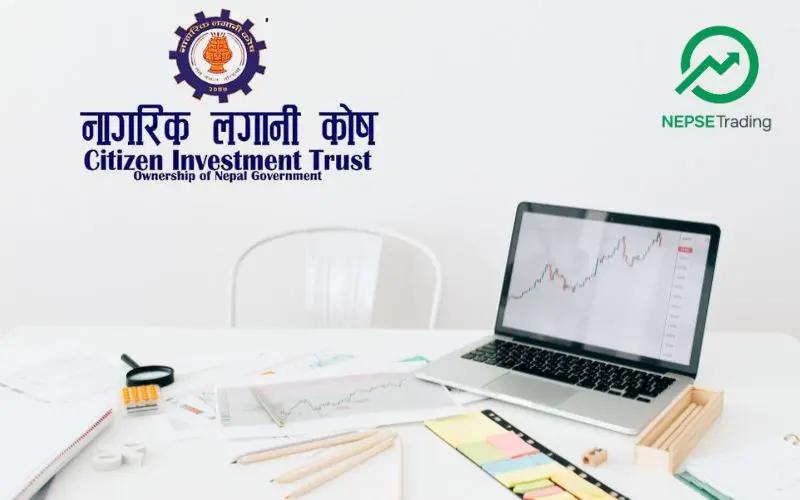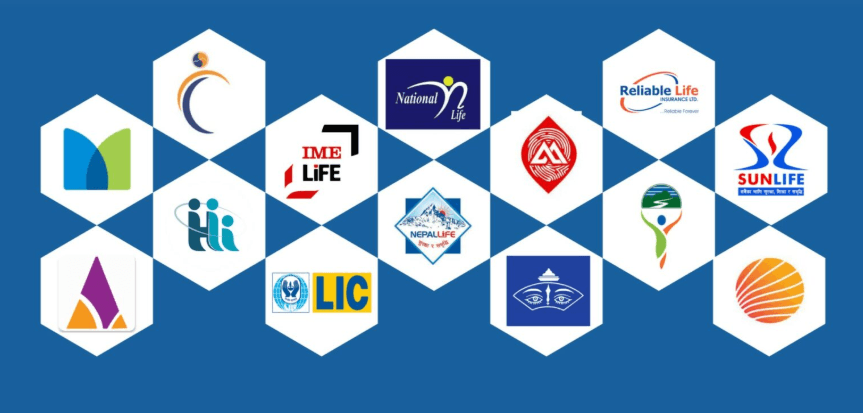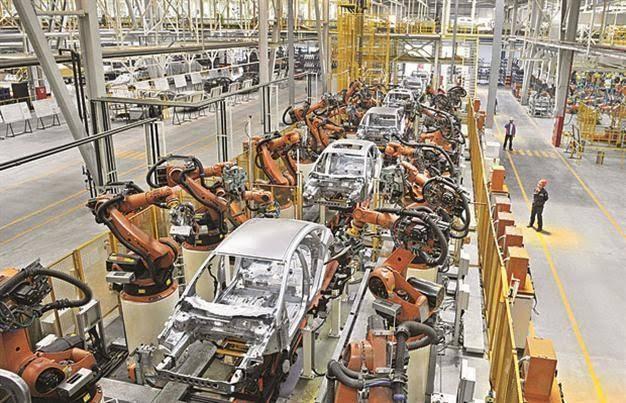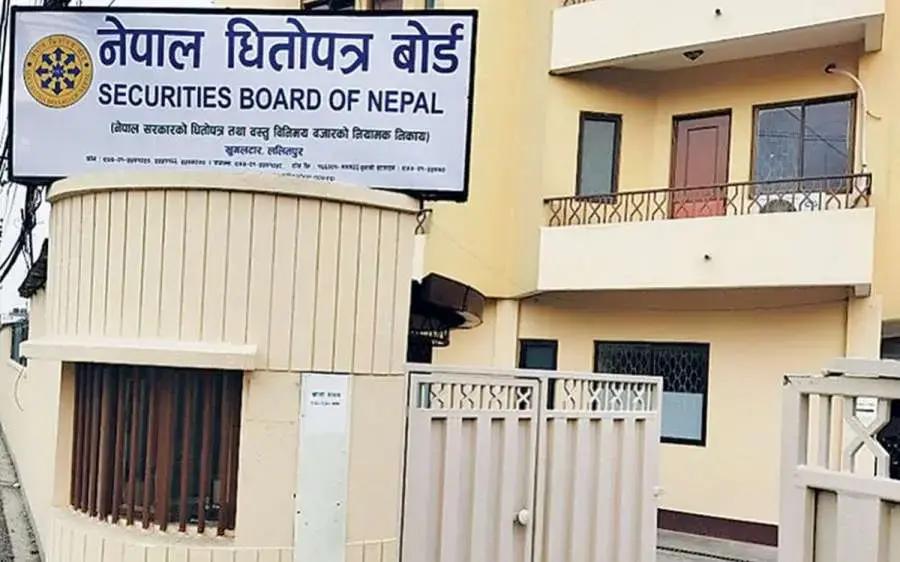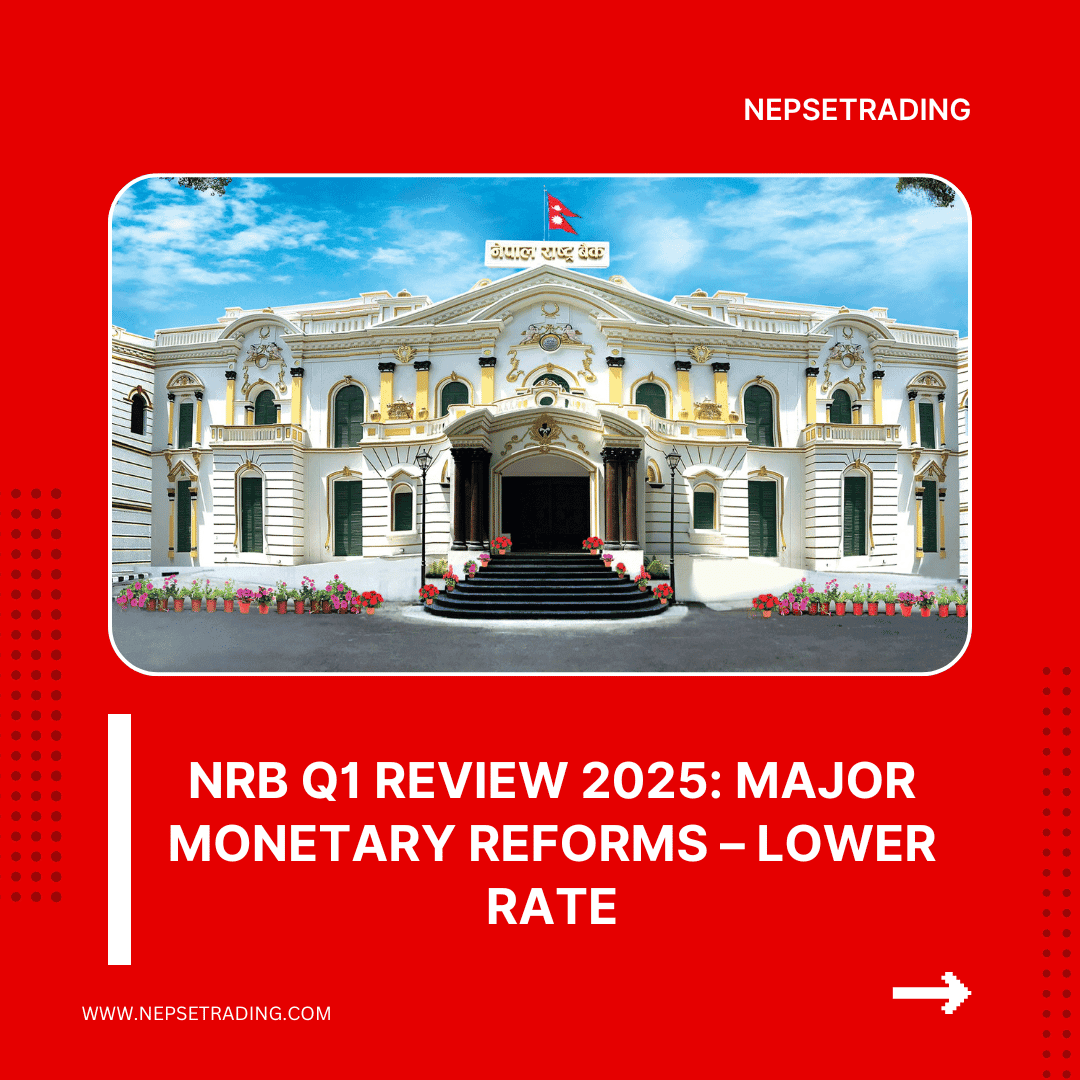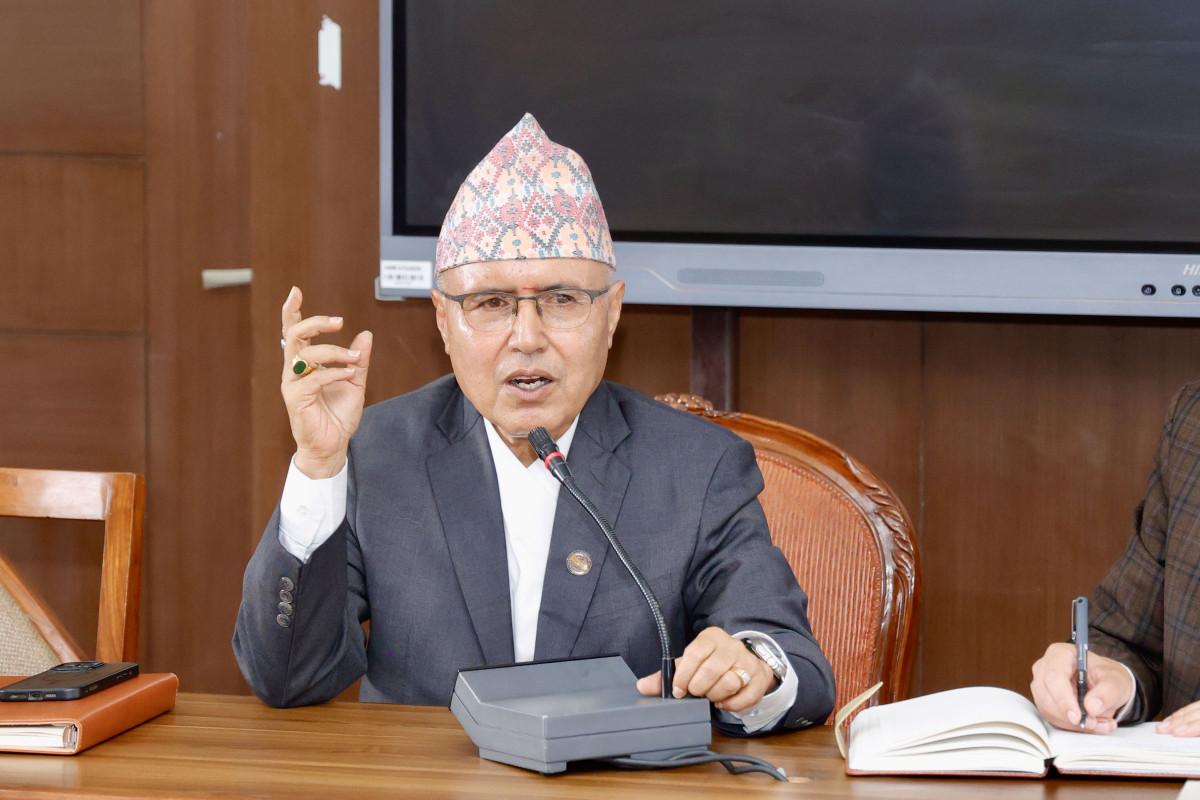By Sandeep Chaudhary
Inflation Convergence in South Asia: What Nepal-India CPI Data Reveals
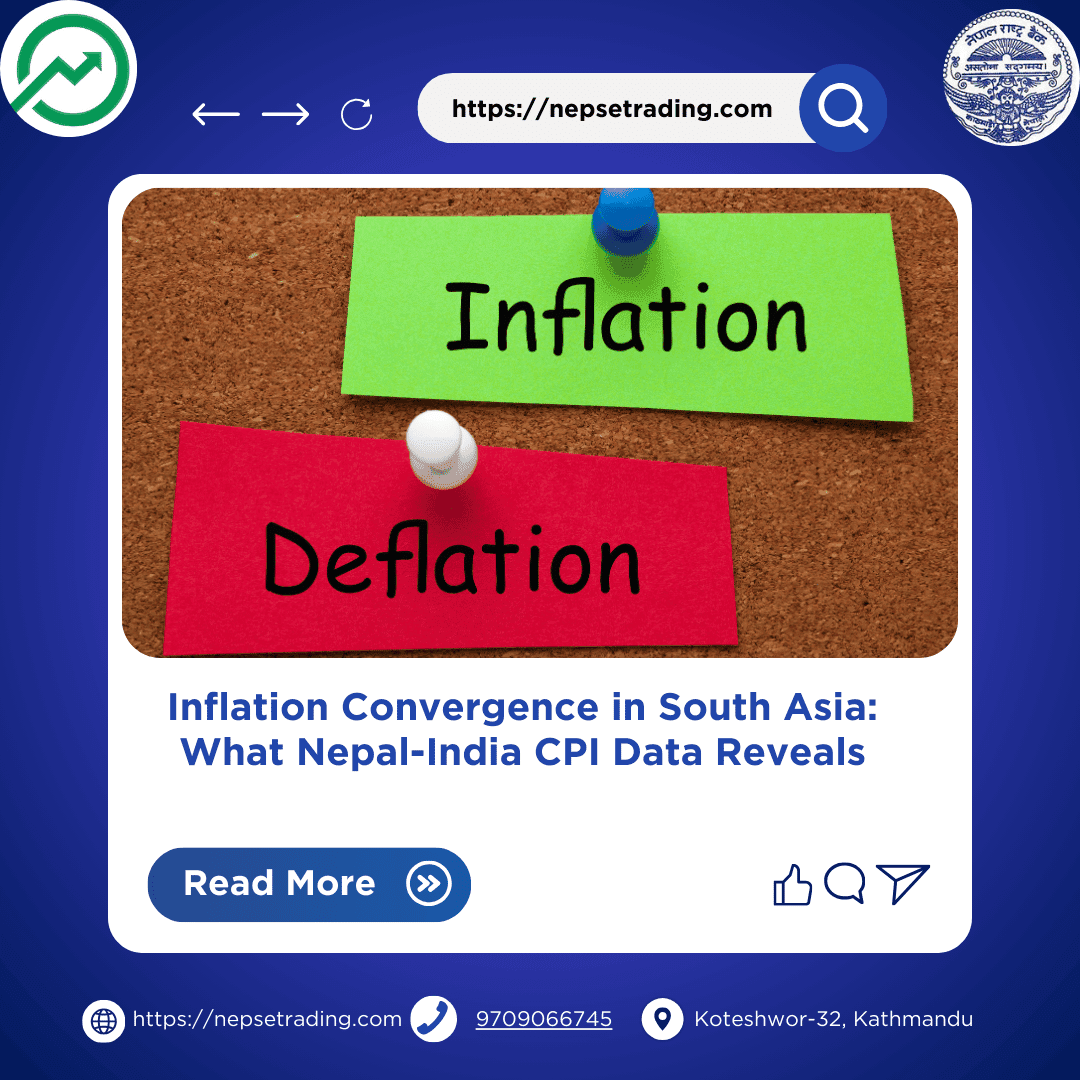
The CPI data from 2022/23 to 2025/26 shows a story of gradual convergence between Nepal and India’s inflation rates, reflecting both shared regional dynamics and domestic differences. In the earlier years, Nepal consistently ran hotter than India—averaging 7.74% in 2022/23 compared to India’s 6.06%, a gap of 1.68 percentage points. This was largely driven by Nepal’s heavier reliance on food imports, limited storage capacity, and vulnerability to global shocks.
In 2023/24, the difference narrowed, with Nepal averaging 5.44% and India 5.11%. By 2024/25, the two economies were nearly aligned, at 4.06% for Nepal and 3.91% for India, a gap of just 0.16 points. Both followed a similar seasonal pattern—higher inflation during winter and festival months (November–December) and easing during harvest months (April–July). Still, Nepal’s spikes were sharper, with inflation peaking at 6.05% in December, compared to India’s 5.22%.
The real turning point came in August 2025/26, when Nepal’s inflation dropped to 1.68%, falling below India’s 2.07% for the first time in four years. This reversal was driven by a steep decline in food inflation in Nepal, thanks to strong harvests and stable imports, while India faced agricultural price pressures due to erratic monsoons.
This convergence suggests that while both countries share common inflationary pressures from energy prices, global trade, and food cycles, their domestic conditions shape the intensity of price swings. Nepal’s inflation is highly sensitive to food supply shocks, while India’s is more tied to monsoon patterns and service sector pressures. For South Asia as a whole, this convergence reflects increasing economic interdependence but also underscores the need for coordinated strategies in food security, trade, and monetary stability.


